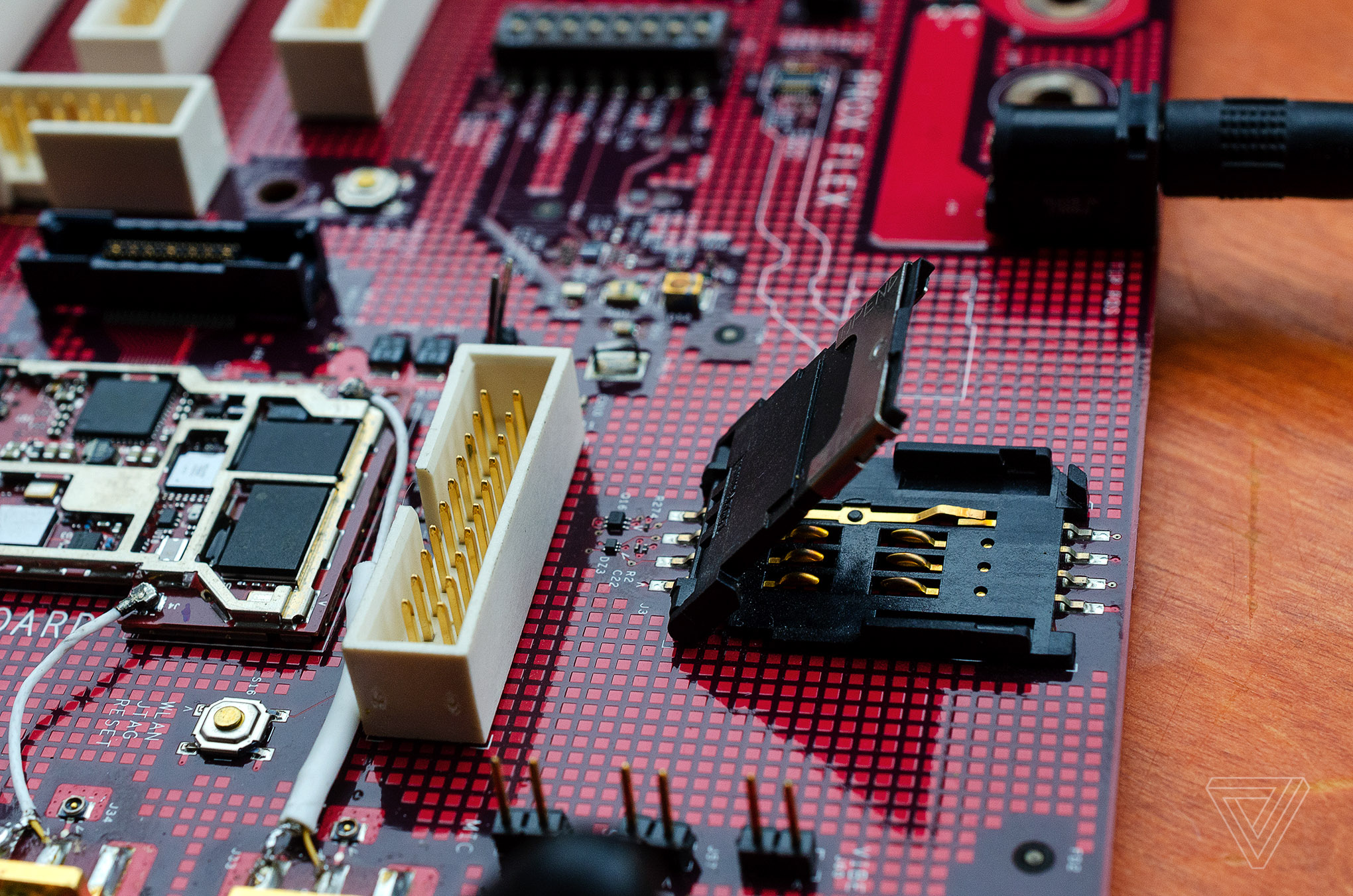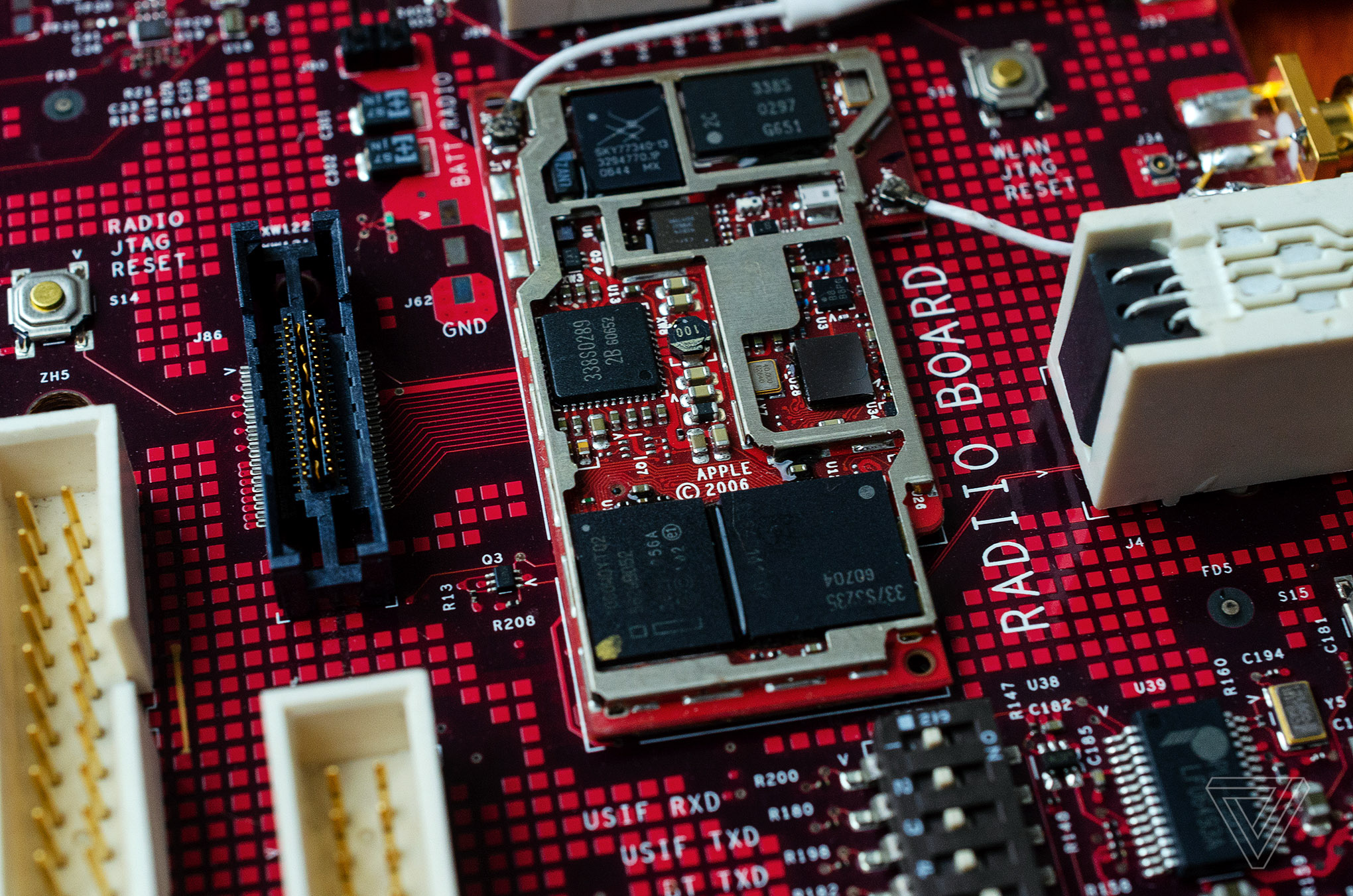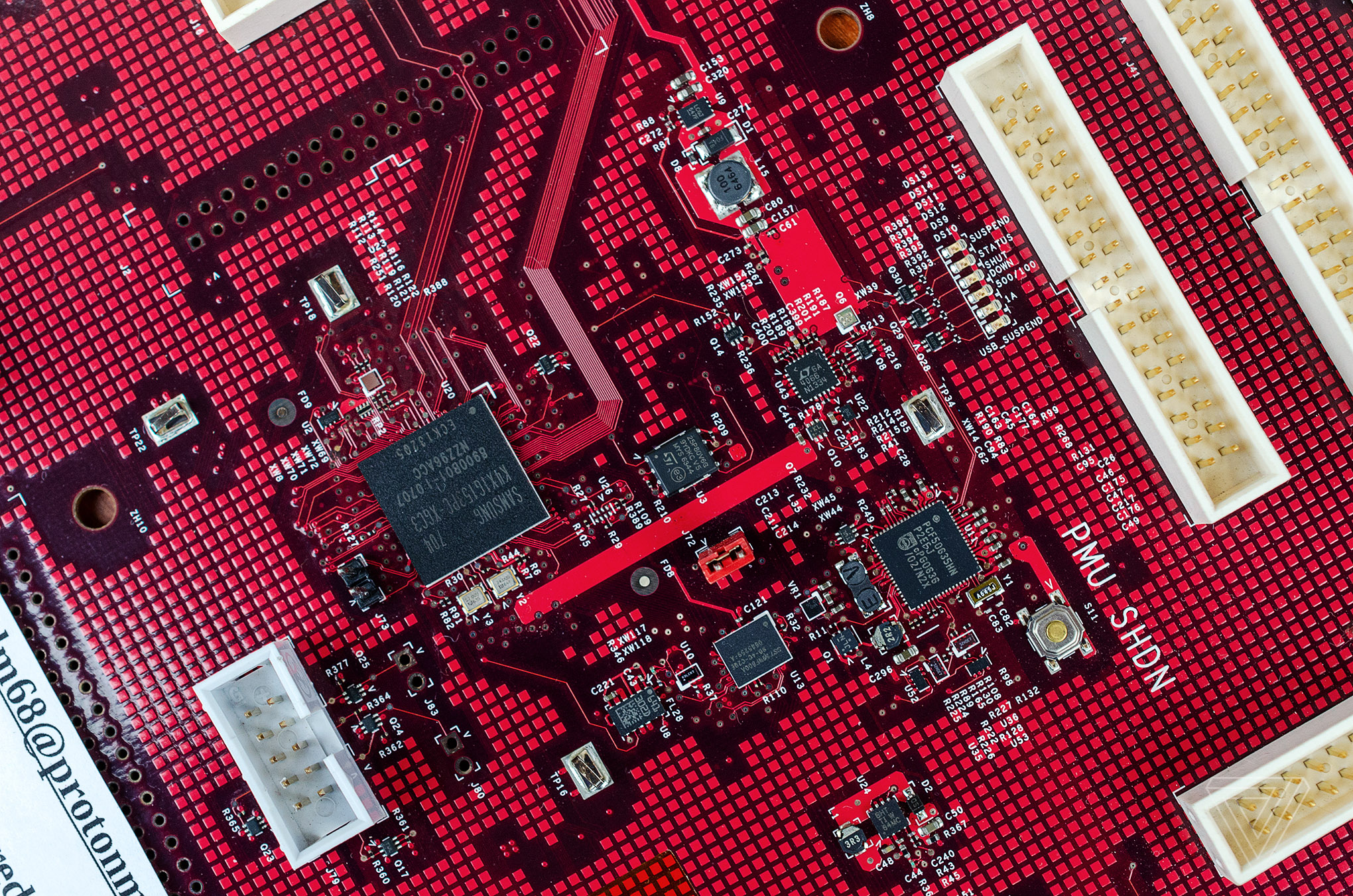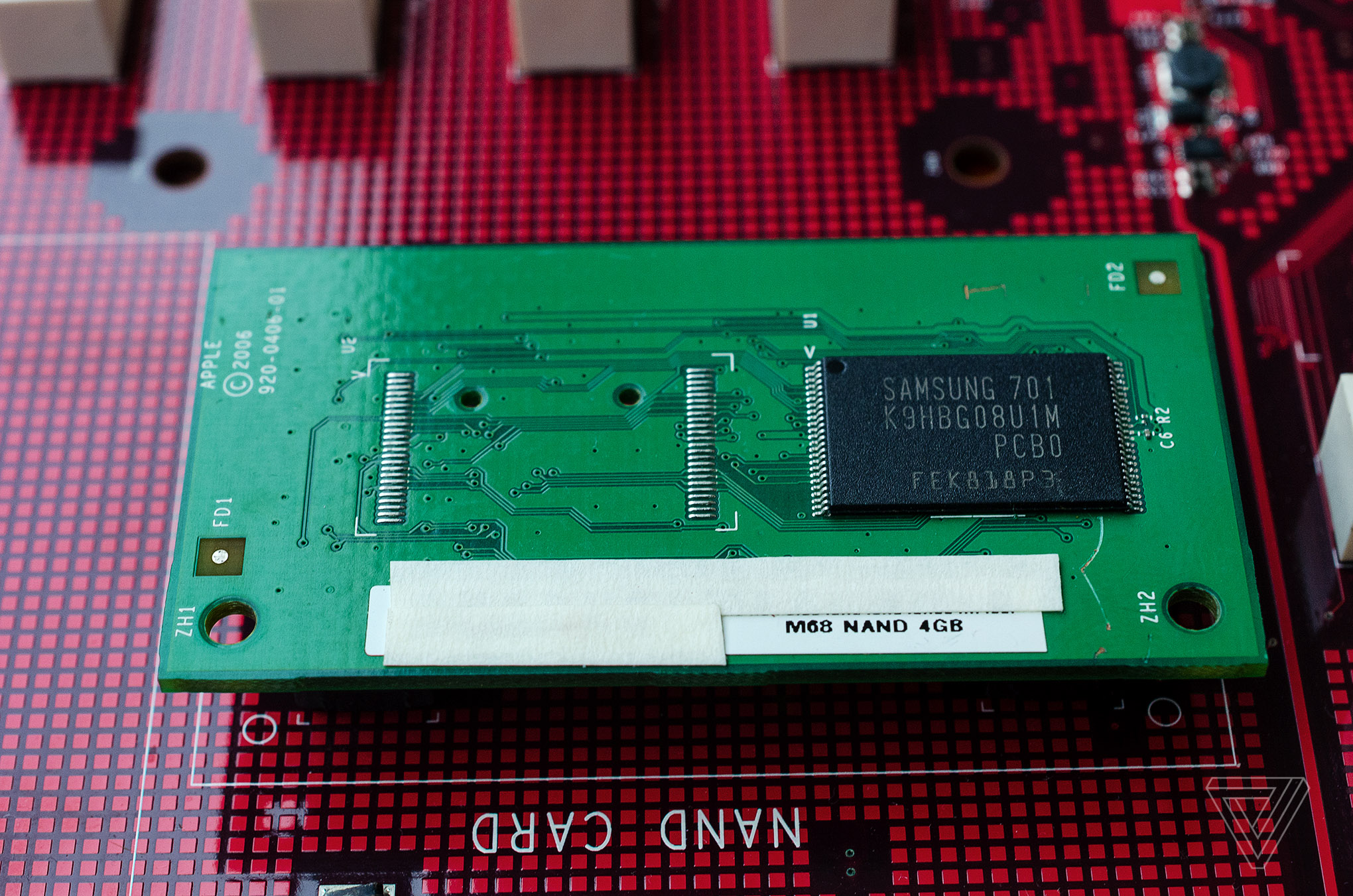Did you think that nothing could surprise you anymore about the first iPhone? Then you probably haven't seen his original prototype from the turn of 2006 and 2007.
The components of the device designed for the needs of developers are arranged on a board resembling the motherboard of a classic computer for easier replacement. A handful of attached connectors of various types are used for further testing purposes. Images of the EVT (Engineering Validation Test) device were obtained by the magazine The Verge, who shared them with the public.
This particular device also included a screen. But some engineers received versions without a screen for their work, which needed to be connected to an external monitor - the reason was the effort to maintain as much secrecy as possible. Apple placed so much emphasis on this secrecy that some of the engineers working on the original iPhone practically had no idea what the resulting device would look like the whole time.
As part of maximum secrecy, Apple created special prototype development boards that contained all the components of the future iPhone. But they were distributed over the entire surface of the circuit board. The prototype, which we can see in the images in the gallery above, is labeled M68, and The Verge obtained it from a source who wished to remain anonymous. This is the first time that photos of this prototype have been made public.
The red color of the board serves to distinguish the prototype from the finished device. The board includes a serial connector for testing accessories, you can even find a LAN port for connectivity. On the side of the board, there are two mini USB connectors that the engineers used to access the iPhone's main application processor. With the help of these connectors, they could also program the device without having to see the screen.
It could be interest you

The device also included an RJ11 port, which was used by engineers to connect a classic fixed line and then test voice calls. The board is also lined with lots of white pin connectors – smaller ones for low-level debugging, others for monitoring various signals and voltages, allowing developers to safely test key software for the phone and make sure it doesn't negatively affect the hardware.





